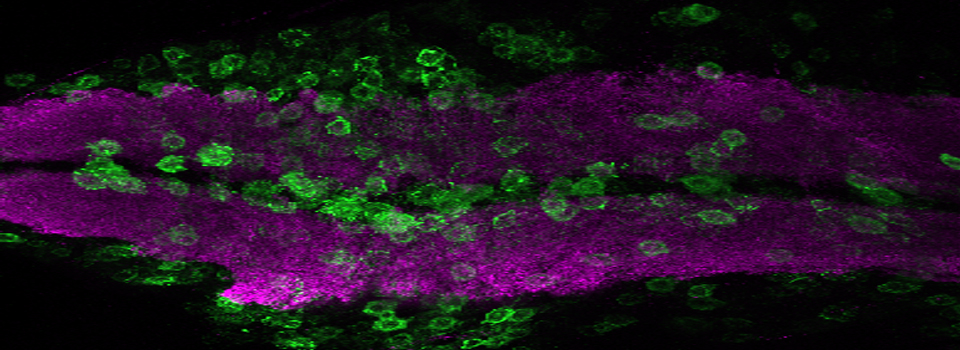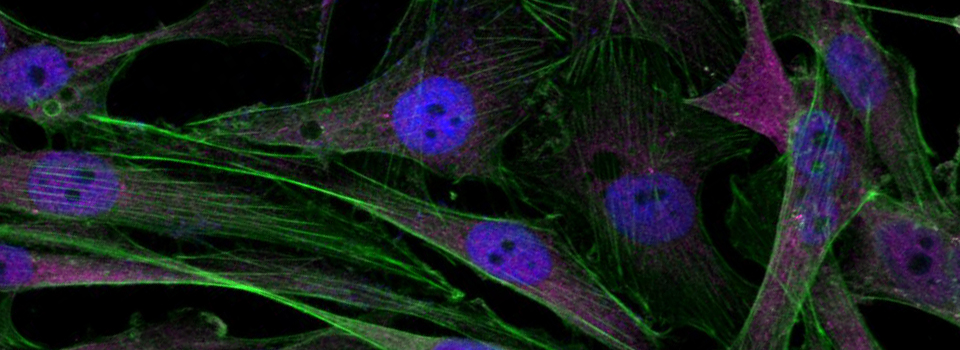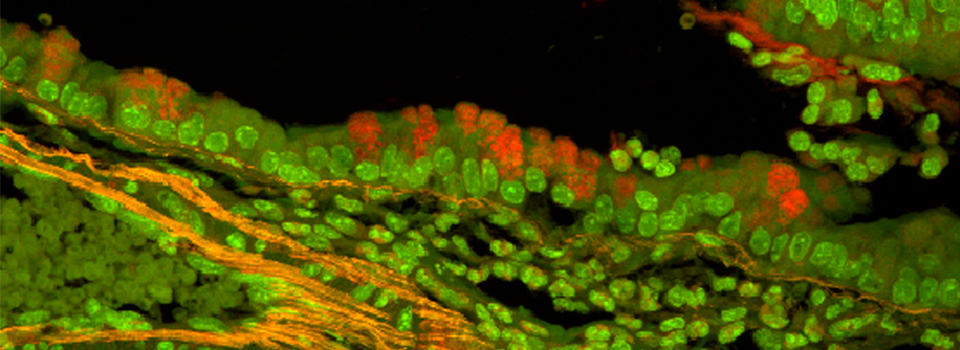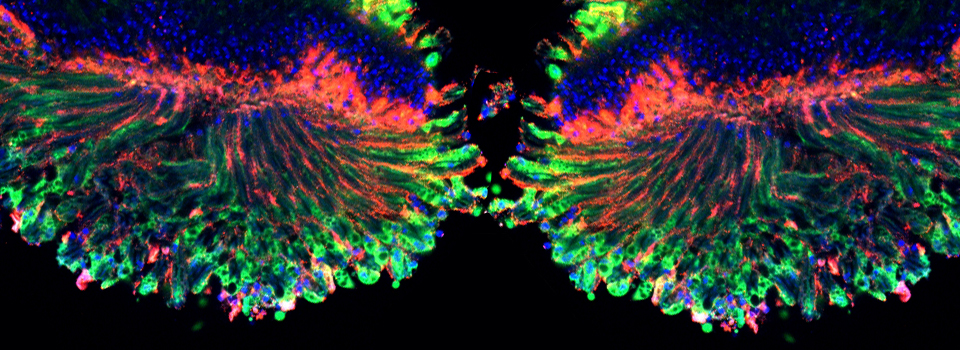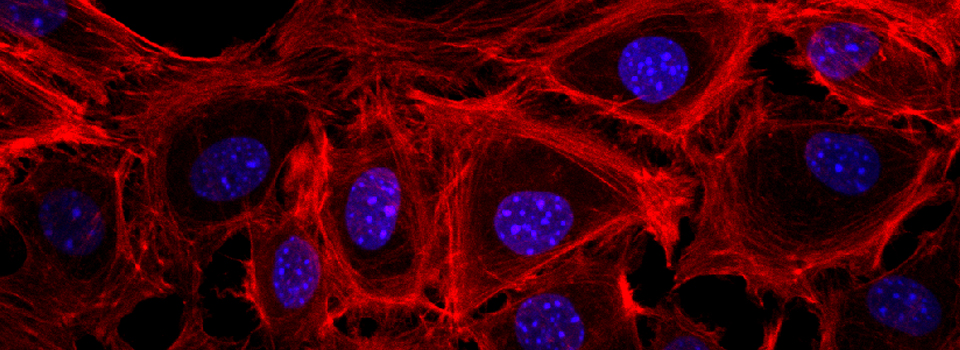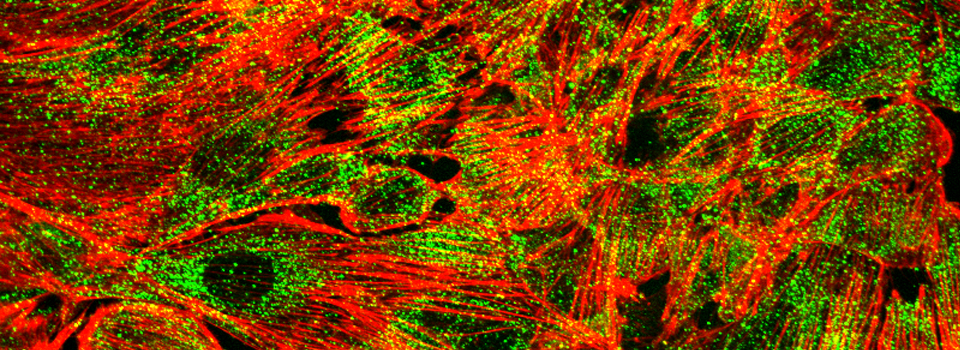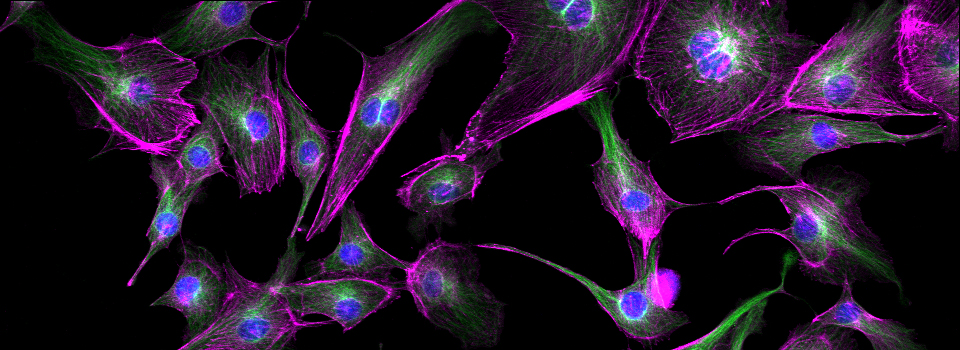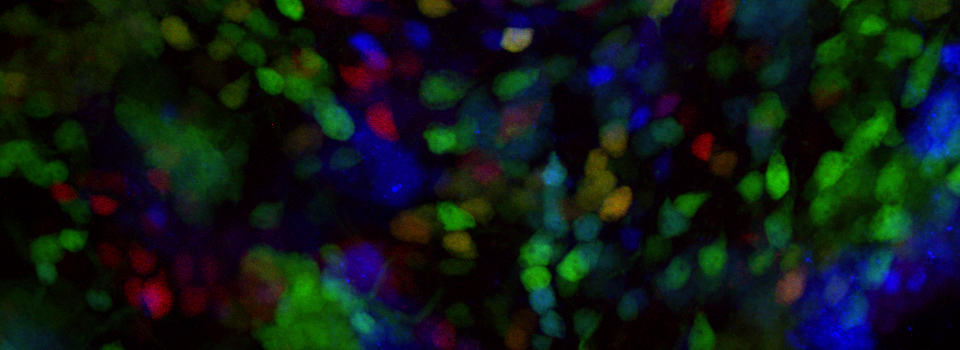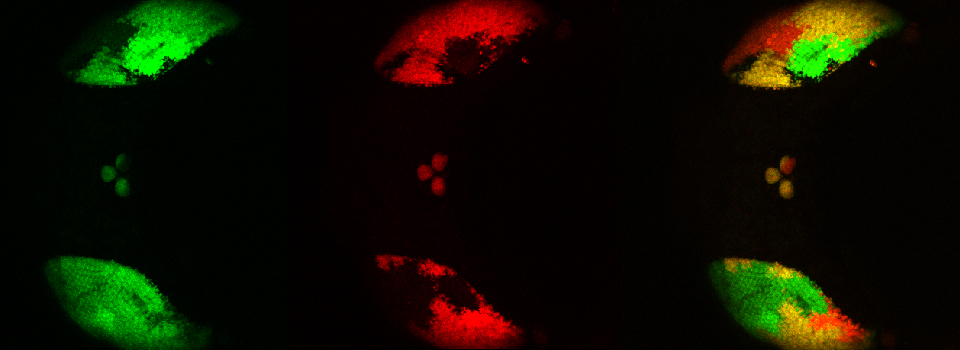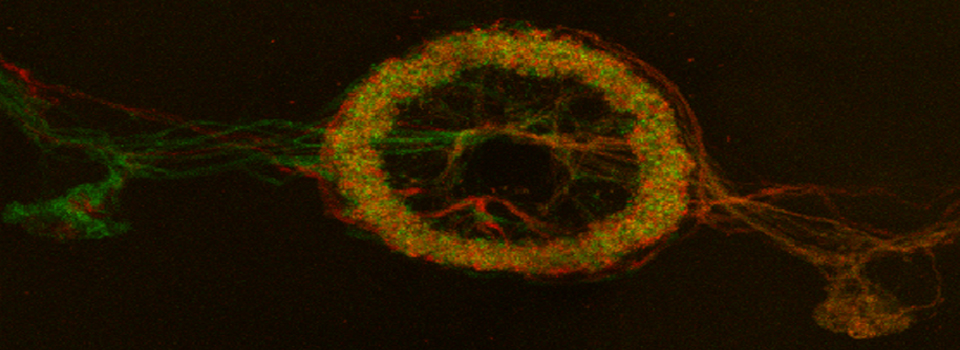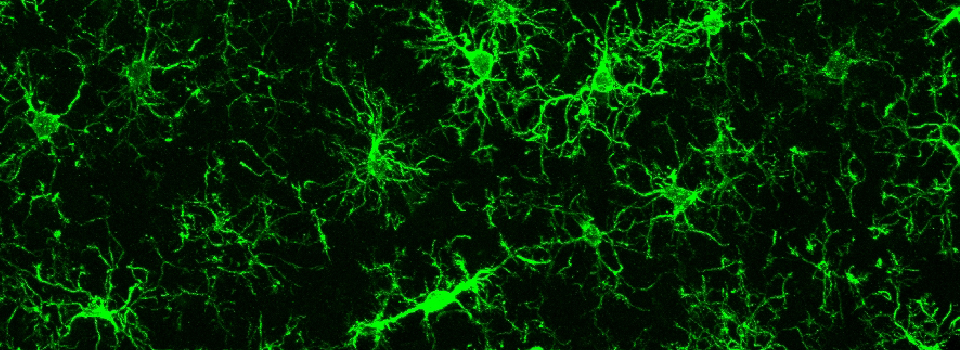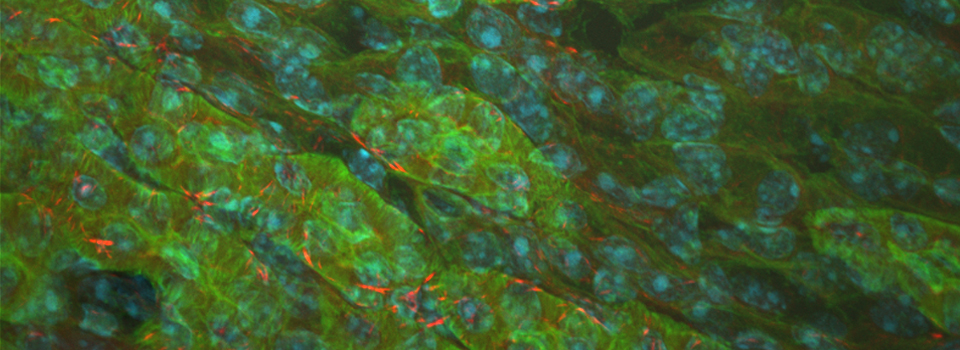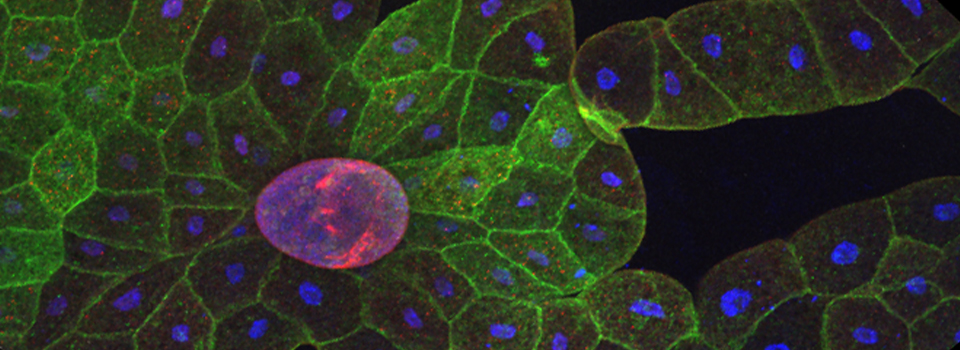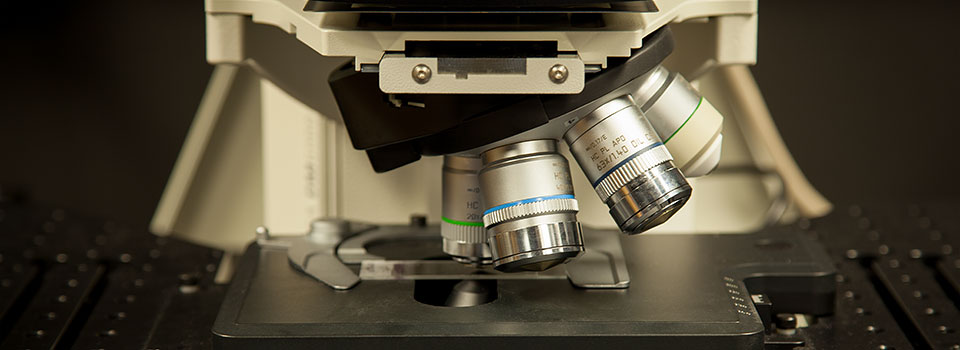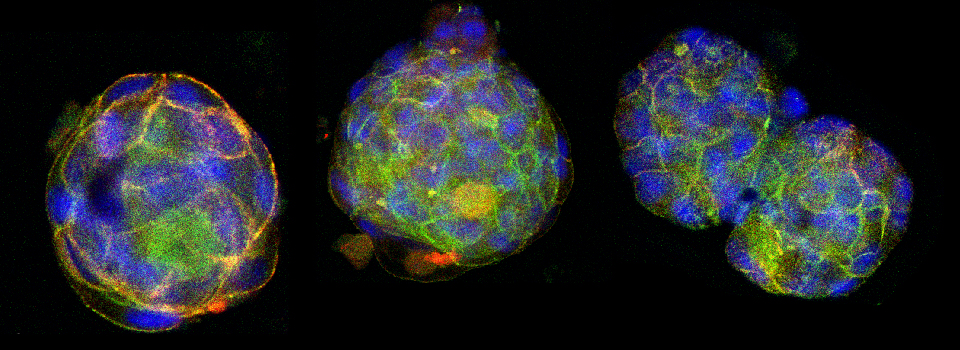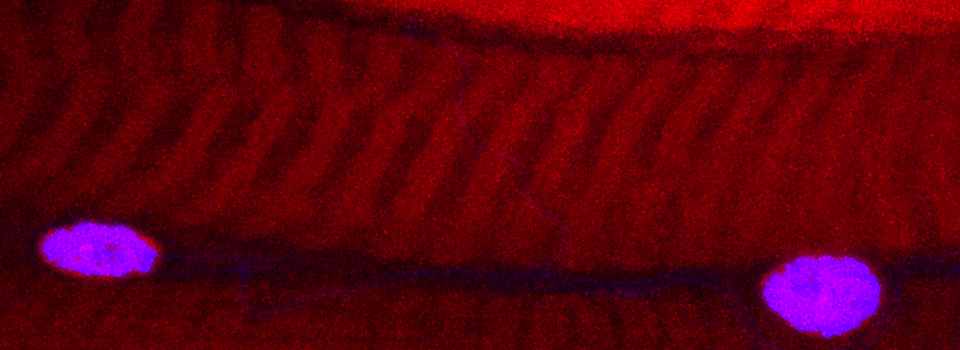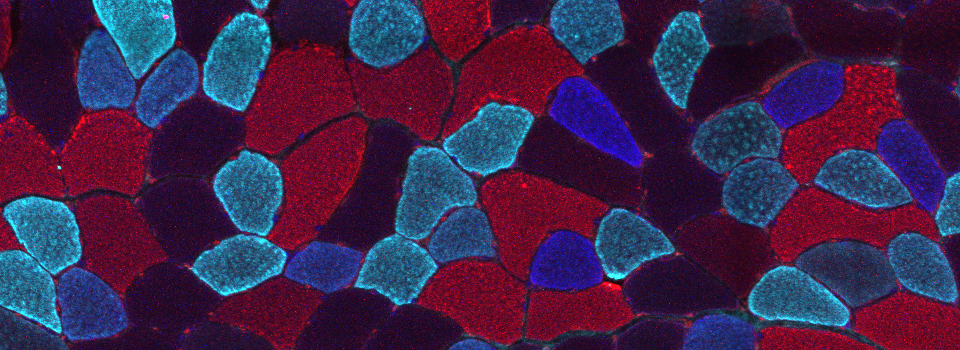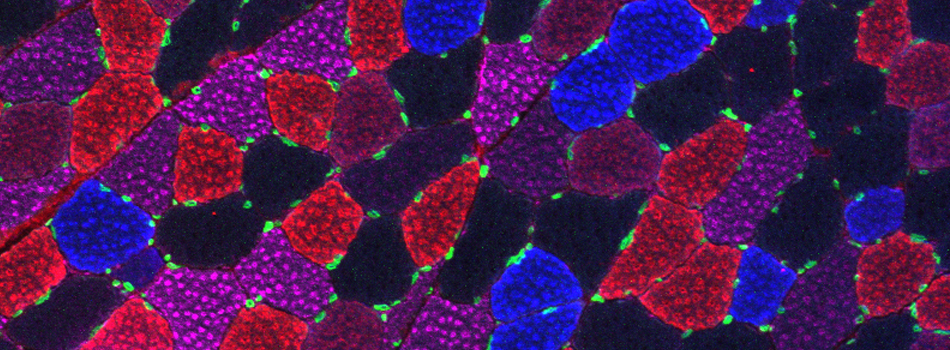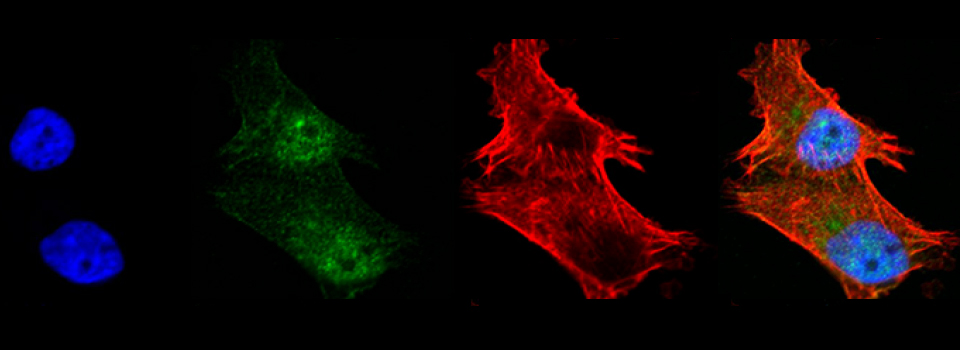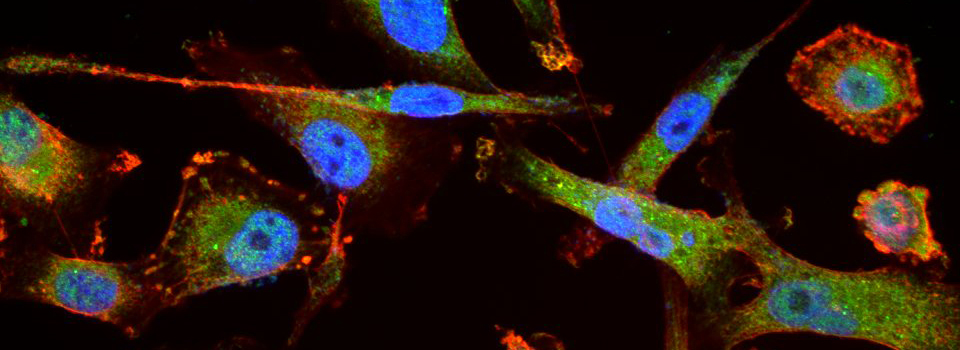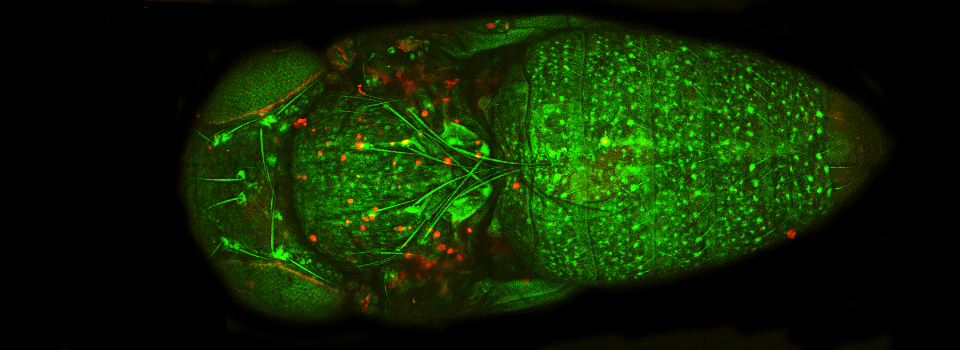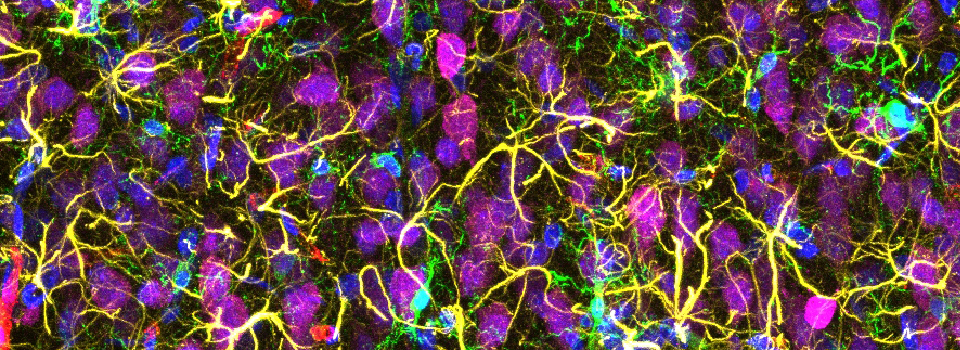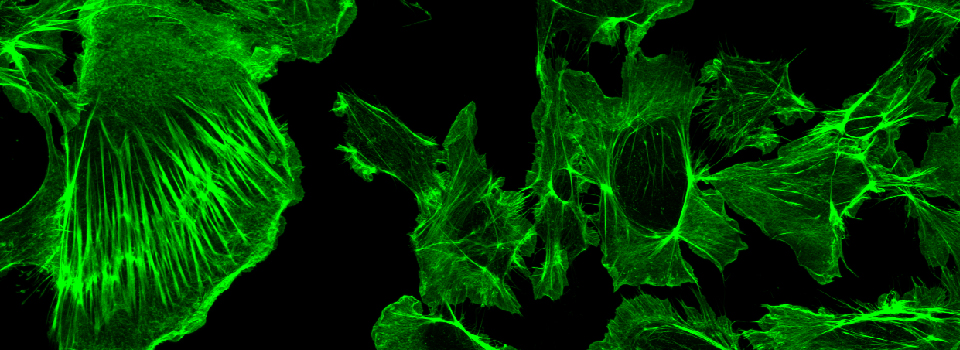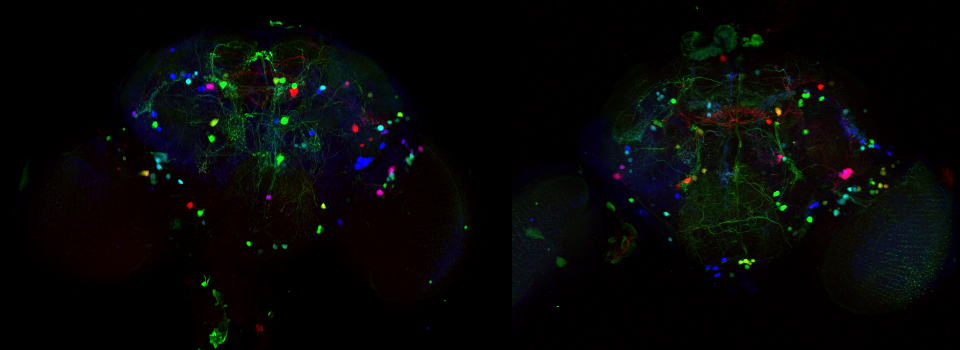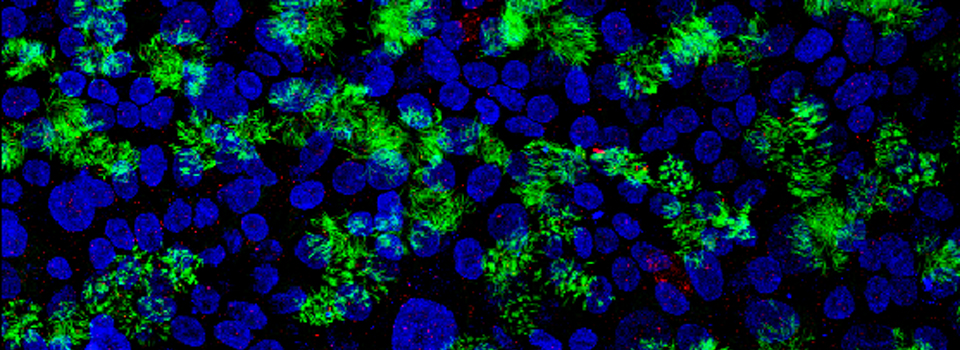Rules for experiments with live cells/tissues/organisms
1) Know your Biosafety Level classification
The BBIC has been certified as BSL2, which means biological material which rates as BSL1 or BSL2 may be brought into the room and imaged. All researchers who work with live material are required to know which classification applies to their specimens. There are several simple guidelines you can follow in assessing the risk level:
Human vs non-human. All human-derived cell lines, tissues, blood, and blood components will be BSL2 at a minimum. Non-human cell lines, tissues, and small organisms that are not infected with pathogens will usually be BLS1.
Infected vs. non-infected. Material infected with a pathogen can be ranked at a higher BSL than non-infected, if that pathogen requires a higher safety level classification.
Pathogenic vs. non-pathogenic. Microorganisms with the potential to cause disease will rate a higher BSL classification. It is important to remember that different strains of the same species can vary greatly in pathogenicity (for example pathogenic and non-pathogenic strains of E coli. or C. diff).
If you intend to image any live specimens, regardless of BSL category, you MUST discuss your plans with the Core Manager first. This is to ensure that your specimens have been assigned to the correct BSL classification, you will operate under the required biosafety level rules, and that all appropriate experimental protocols are followed. BSL1 experiments may be performed on either the Olympus FV3000 or the Leica SP8. All BSL2 experiments must be done within the Tokai-Hit stage top incubator on the Olympus FV3000.
If your specimens are classified as BSL2, these additional rules will apply to your imaging experiments:
2) BSL2 Experimental protocols
If your lab works with BSL2 material, someone will have submitted an experiment protocol covering all aspects of working with it in your lab. This protocol does NOT cover bringing your specimens to the BBIC for imaging.
To get approval to do imaging on live BSL2 level specimens, researchers must submit an addendum to their previously approved IBC BSL2 experimental protocol that details the handling and disposal of live specimens that are brought to the BBIC for imaging, and the safety measures that personnel handling these specimens must follow. In additional to receiving institutional approval, it must be reviewed and approved by the Core Manager.
Some general guidelines of what to include in your addendum:
Detail the transfer/transport procedure you plan to use when taking live specimens from your lab to the BBIC room and back to your lab. How will the specimens be contained?
List the PPE requirements. All BLS2 level work requires gloves, lab coat, and eye protection at a minimum. Any other equipment needed must be listed. The BBIC does NOT provide PPE for clients, so it is your responsibility to bring it along with your specimens.
Detail your clean up and waste disposal procedures. The BBIC provides a container for disposal of pipet tips and sharps, but everything else must be transported back to your lab space for disposal. If BBC provided cleaning supplies (see Section 5) are insufficient, list the additional cleaning agents you will bring.
3) Biosafety Cabinet
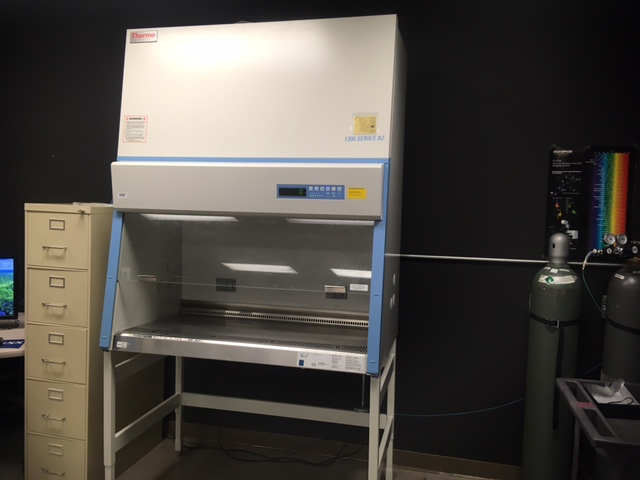
A Class 2 A Biosafety cabinet is available in SR2 Room 328A for use with BSL2 material. You should bring your specimens to the imaging room in a closed container, and open this container only inside the chamber of the cabinet. Do the assembly of the incubator (including the sample feedback probe and/or tubing through perfusion ports, if you choose to use them) and placement of the specimen container into the incubator within the cabinet. If you are not using the perfusion ports to deliver material onto the specimens, you should keep the lid(s) on your container(s). After you place the incubator into the stage, fill the water bath, turn on the gas (if used), and power up the incubator control boxes.
Gloves must be worn while putting specimen vessels into the stage top incubator, and for placing the incubator into the FV3000 stage opening. However, the gloves MUST be removed before touching the microscope controls or the computer keyboard. You should bring several pairs of gloves with you, as they are not provided by the BBIC
4) BLS2 signups
When reserving imaging time for BSL2 level experiments, you MUST name the type of specimen and indicate that it is BSL2 in the description box of the reservation window:
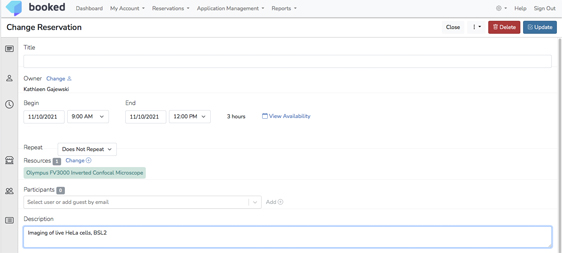
The Biosafety Cabinet has been added to the BBIC calendar, and anyone who conducts experiments on BSL2 specimens must reserve tandem time slots on the OLYMPUS FV3000, the TOKAI-HIT STAGETOP INCUBATOR, and the BIOSAFETY CABINET. That means making 3 separate equipment reservations in the same time slot.
An example of how to make a proper reservation for BLS2 experiments:
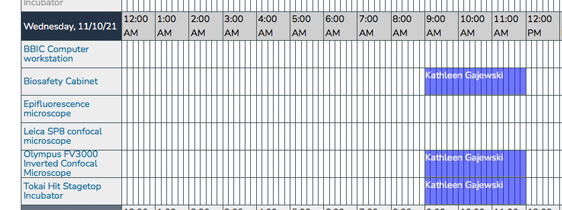
5) Clean up of BSL2 Material
A small biohazard disposal box will be available in the biosafety cabinet for disposal of sharps, pipet tips, etc. The BBIC also provides isopropanol and 95% ethanol in spray bottles. Everyone who uses the cabinet is responsible for wiping it down with isopropanol after all materials from your experiment have been removed. The incubator assembly must be sprayed with 95% ethanol after the specimens are removed. If your experimental protocol (see section 2) mandates additional procedures/ reagents for clean up, you must provide all additional necessary cleaning agents. We do NOT provide for disposal of specimens or any other types of wastes. All users are responsible for returning live specimens and wastes to their own labs, and disposing of them there according to the approved protocols.
6) Limited access during BSL2 Experiments
After a review of a BLS2 experimental protocol, the Core Manager may decide to limit access to the room during the imaging session, and block off access to other equipment on the scheduling calendar. Only people who are needed for conducting the experiment, and are authorized by the Core Manager to be present will be allowed in the imaging room for the duration of the session.
7) In Case of Accidents
If there is accidental exposure to BSL2 material, all people involved MUST inform the Core Manager, seek immediate medical attention and contact Risk Management and EHS with in 24 hours. There is an eyewash station at the sink in the back of the BBIC room, an emergency shower in the hallway near the door to the BBIC room, and a basic first aid kit in the room’s front cabinet.
